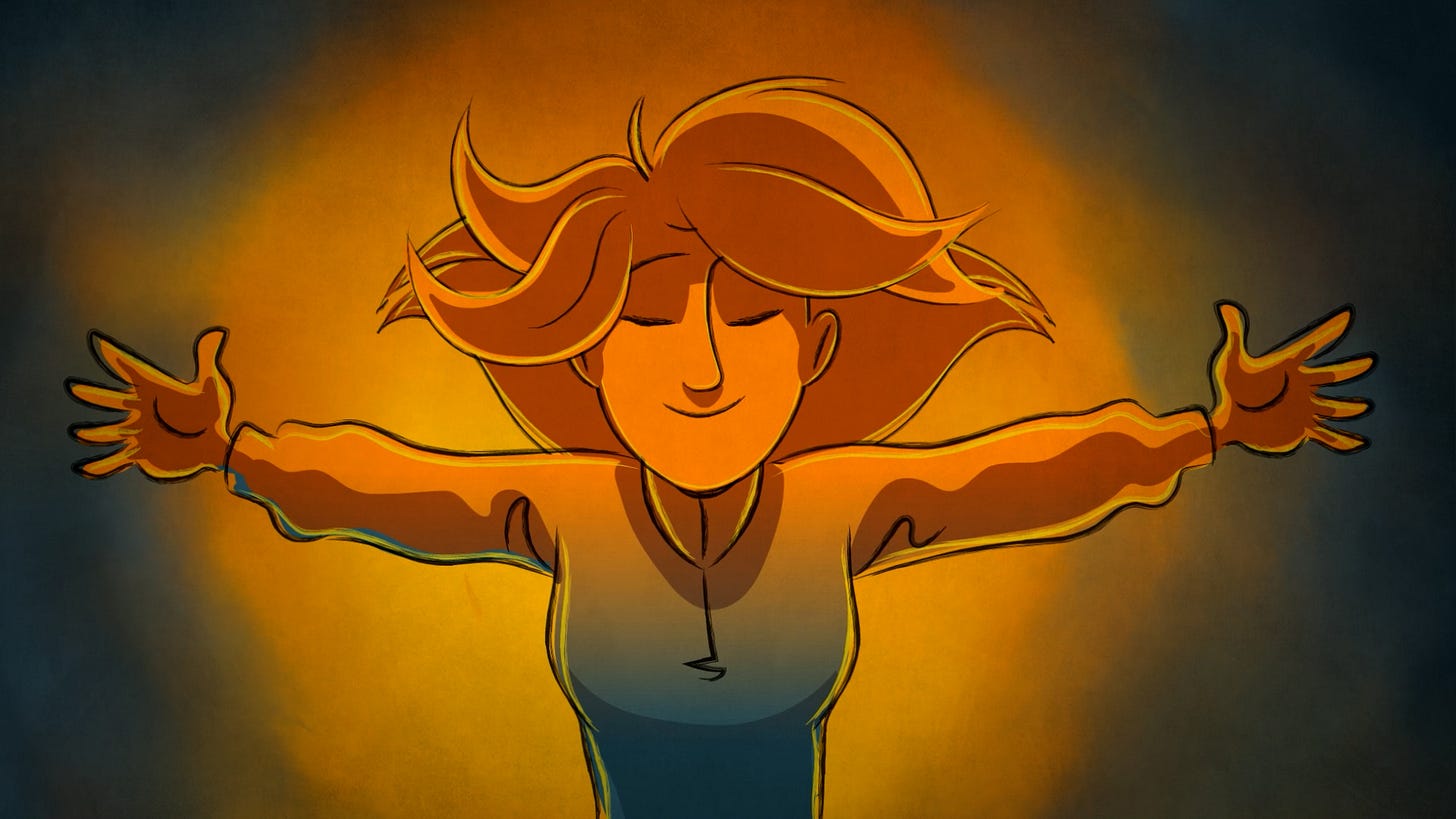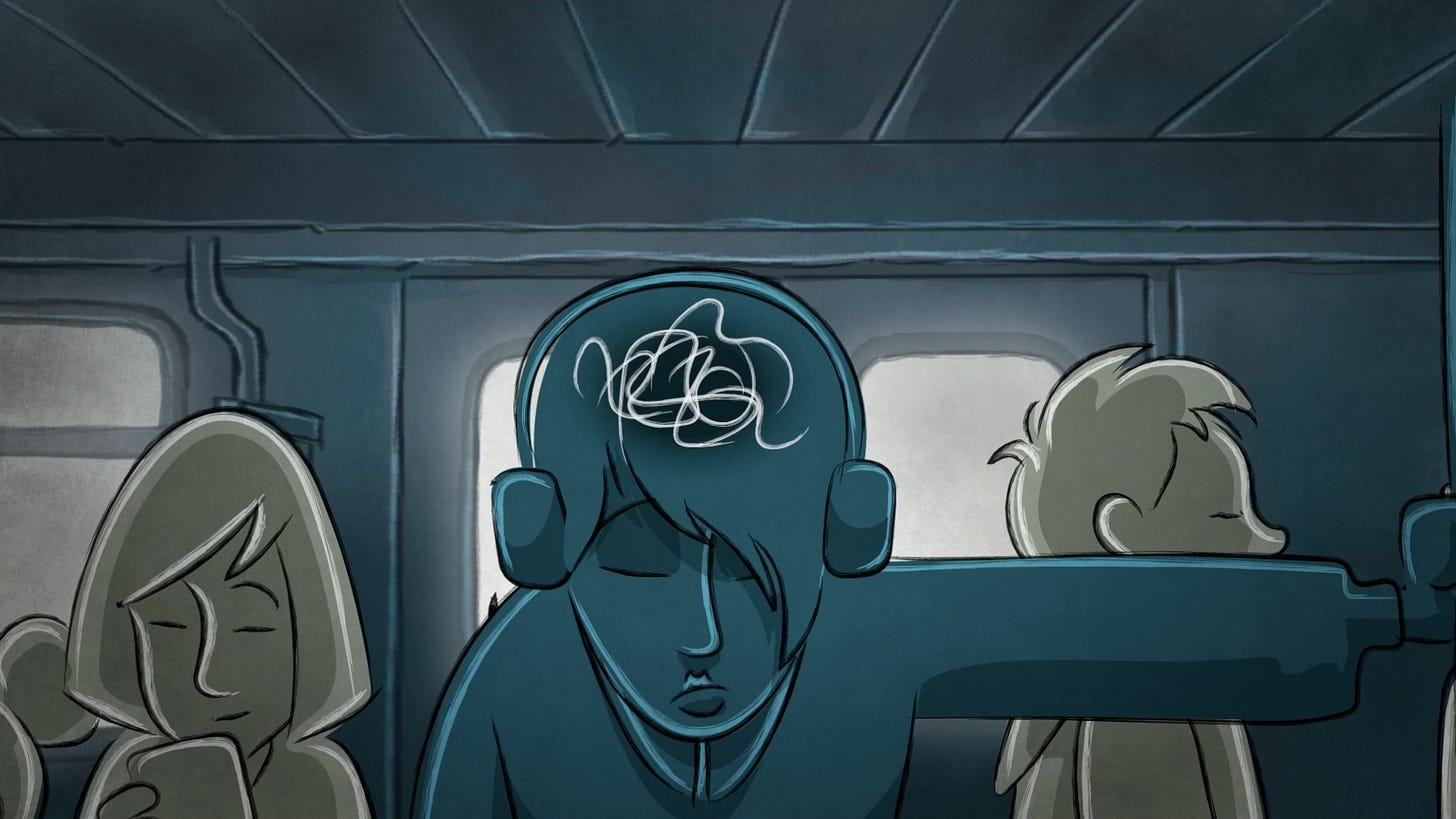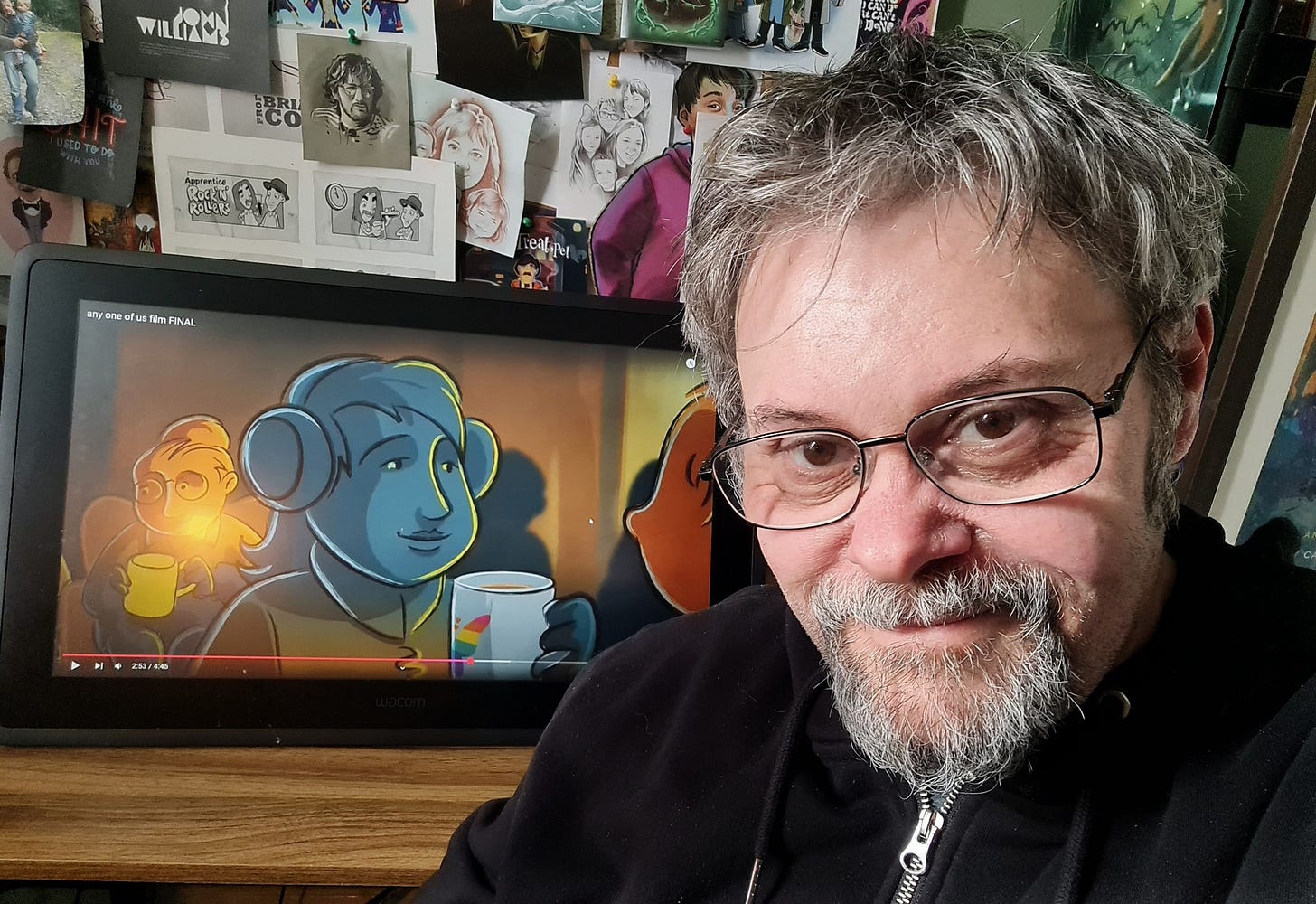Animating mental health
Artist, animator and writer, Scott Tyrrell introduces his latest project - a charity film spotlighting mental health, hope and the kind of support which can make all the difference

As an artist, some projects that come in are worthy but require only your current skillset, and some push you through necessity into a new direction that give you a lightbulb moment about future possibilities.
This project was, thankfully, both.
In late November last year, The Cultural Spring - one of Arts Council England's Creative People and Places projects, which aims to increase participation in arts and culture within Sunderland and South Tyneside – asked if I would be interested in working with a mental health charity to create a short, animated film about mental health.
They’d seen the films I’d written previously for Sunday for Sammy and Children North East featuring Tim Healy and also recognised that I was primarily an illustrator and animator.
They wanted me to engage the service-users of the charity, Headlight, through a series of creative workshops during which myself and the users would co-create the film.

I didn’t say yes right away. I’ve suffered with my mental health in the past and thought the whole business might be just too triggering for me. Plus, I hadn’t run any creative workshops in over a decade, and certainly not ones where some of the subject matter was likely to be emotionally dark.
There was also the possibility that the service-users may duck in and out of the sessions due to their own issues and anxieties, so I would have to think on my feet and be flexible about how the workshops ran.
And the deadline was tight - four workshops over four weeks and a three-to-six minute professionally made animated film created from scratch with people I’d never met before, plus a one minute trailer… all to be delivered in three months (with the Christmas break in the middle). No pressure!
But what better way to engage with sufferers of ill mental health, than with an artist who has also had his own rocky MH journey? So, I took a deep breath and signed on.
The charity, Headlight warned me going in that I may be affected by what I hear and that I should look after myself during the sessions and flag to them if I needed a break or a chat. I told them that despite my own history of the ‘black dog’, I was good at compartmentalising.
I wept like a bairn after the first workshop.
The stories and journeys of great struggle and pain were deeply affecting, and it instantly became clear what my role was – to try and facilitate a way for them to own and deal with their pain through a shared creative vision. I was all in.
More of these projects, please. They are massively important to the community and a reminder that the arts really can help and save lives.
Scott Tyrrell
The workshops introduced the service-users to how we go about creating an animated film – the script, visual concepts, storyboarding, music and sound effects, choosing a voice artist, and creating an animatic (the prototype for the final animation).
They engaged and contributed at every stage of the process. We started off with about four people in the first session and by the fourth and final workshop word had got around, and we had 10 people suggesting scenes, words, stories and imagery – some of which wouldn’t have occurred to me if I’d been working alone. I think everyone is a film director, deep down.
I am extremely proud of the final film. I usually work alone on animated projects, so it was a revelation to me that collaboration at the writing and concept stage with people who had no prior exposure with animation could work as effectively as it did.

The final film, Any one of us, was embraced by the charity, Headlight, and by the service-users who helped to create it.
Massive thanks to Emma Biggins at The Cultural Spring and Beth Miller at Headlight for their support and faith in me during this project. And to my old performance pals, Matthew Reed and Martin Douglas for their voice work and sound recording, respectively.
More of these projects, please. They are massively important to the community and a reminder that the arts really can help and save lives.
The A Space to Create project is funded by the UK Government through the UK Shared Prosperity Fund. The UK Shared Prosperity Fund provides £2.6 billion of funding for local investment by March 2025. The Fund aims to improve pride in place and increase life chances across the UK investing in communities and places, supporting local business, and people and skills. For more information, visit UK Shared Prosperity Fund: prospectus.





